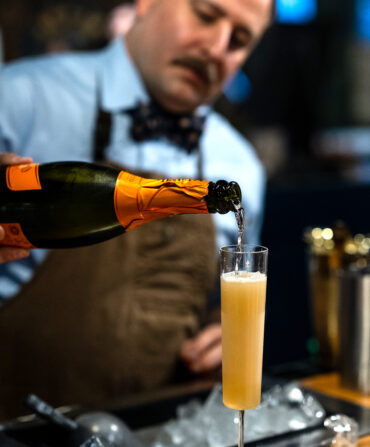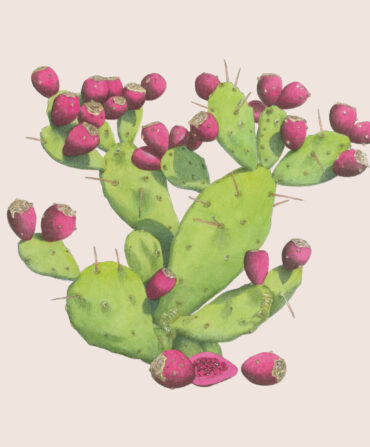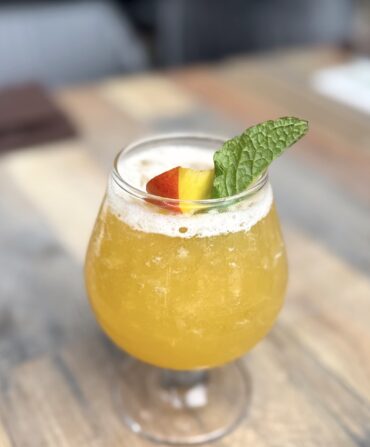Trigger warning: This story involves Jägermeister. If you’re of a certain age, and you spent some of that age at fraternity parties or football games, you may suffer from traumatic memories. These may involve a liquid that tasted vaguely of cough syrup and pencil shavings.
Jägermeister is a bitter German liqueur invented in 1934, made with fifty-six herbs and spices, and cask aged for around a year. It remained a Continental specialty until 1969 or so when it surfaced in New Orleans at Fritzel’s club, where owner Gunter Seutter was allegedly given bottles by German seamen. Within a few years, an importer started bringing it into the United States by the case, then by the cargo container. “Everybody started having shots,” one Fritzel’s bartender told the Baton Rouge Advocate in 1985, “and pretty soon nobody could breathe.”
This, of course, drew the attention of college students, who rarely miss out on anything involving potential harm to self. Rumors that “Jäger” contained opiates and deer’s blood didn’t hurt; it gained cult status with nicknames like “liquid quaalude” and “liquid Valium.” Jägermeister’s rise was later fueled by the Jägerettes—teams of women in hot pants and tank tops who were deployed into bars to bestow free shots upon the callow and unwary. Jägermeister became, in the words of Paste magazine, “the drink of bro culture.”
So it seems a somewhat odd ingredient to be enjoying a minor revival today. It’s still found in bro bars (although Fireball has largely displaced it), but it’s also been cropping up in establishments where the word mixology is not used ironically. Makers of advanced cocktails are finding that those fifty-six flavoring ingredients can add mystery and allure to their drinks.
In New Orleans, Jägermeister has recently resurfaced in a julep variation at the Company Burger, and in a Bamboo variation at the Franklin. At La Petite Grocery, bar director Jesse Carr features it in the Bay of Lubeck. He began by wondering, “If Germany had a rum drink, what would it be?” He introduced Jägermeister to rum, and then added Suze, a French bitter liqueur with beguiling citrus notes. In went lime and ginger, the mix consecrated with a dollop of tonic water, which Carr says “helps boost the other herbal flavors.” He gave it a name that was both Teutonic and maritime, tiki by way of boreal seas.
Among Carr’s more formidable challenges has been getting customers to give it a try—many instinctively recoiled when seeing Jägermeister listed as a prominent ingredient, perhaps seized by unfortunate recollections of youthful days and ill-advised nights.
“People had trouble getting past the word,” Carr says. So he put Jägermeister lower on the ingredients list. He’s now considering replacing the trade name with “German herbal liqueur,” which he hopes will be less triggering.













